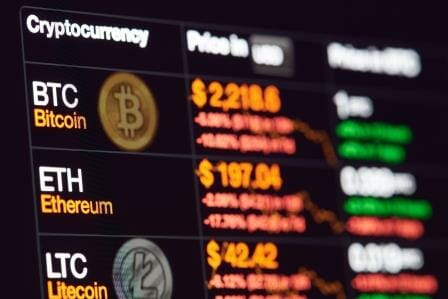The cryptocurrency sector in Argentina grew during the exchange rate control from 2011 to 2015. The Bitcoin market could displace that of the “blue” dollar as an alternative to protect value.
Many times, governments’ decisions about economic and political matters have unexpected effects. These are imponderables that emerge and may even change forecast scenarios. This is what happens with exchange controls aimed at establishing a centralized control, since they have contributed to promoting decentralized tools such as Bitcoin and cryptocurrencies in general.
Prior to Bitcoin, the implementation of exchange control led to more or less predictable consequences, the most prominent of which is the emergence of parallel markets where to buy and sell currencies. With this, citizens and institutions seek alternatives to acquire and accumulate well-valued currencies, especially the dollar, to use them as a store of value.
Cryptocurrencies thus enter the scenario of exchange controls, without any government having proposed it. The old measure, implemented with an idea of centralization, then facilitates the growth of the new decentralized cryptocurrency market. The use of crypto assets, the same as parallel markets, is a decision of citizens who want to escape State control, with the advantage that it is a technology with different characteristics and actors.
Most governments have tried to regulate and manage all aspects of the economy, including the emerging cryptocurrency sector, with little success. Evidences show that, the more governments attempt to exert control, the more citizens seek tools to avoid restriction. In this context, crypto assets appear as the best investment alternatives.
Governments do not realize that they are favoring the advancement of Bitcoin through these exchange controls in countries like Venezuela, Argentina, and Zimbabwe. The most recent case is that of Argentina, where the economic issue is now entering the public arena, starting with the new currency management regime established on September 2nd.
“Blue” Dollar and Bitcoin Compete
As expected, with Mauricio Macri’s new exchange rate control the parallel market comes into play. However, Argentine parallel (“blue”) dollar market may not have enough liquidity in the face of an increased rise in demand. Therefore, experts predict a greater rise in the adoption of cryptocurrencies, with Bitcoin standing as the main option.
During the exchange rate control established in Cristina Kirchner’s government, cryptocurrencies made their appearance in Argentina. Exchange control was imposed in that country on October 31st, 2011. Since then, a significant wave of Bitcoin adoption has been registered although the cryptocurrency was barely two years old.
In that way, during this exchange rate control, which lasted until 2015, the cryptocurrency ecosystem grew rapidly. Argentina, which was under monetary control, became a pioneer in the use of Bitcoin in Latin America and is now a reference center for the development of cryptocurrency and blockchain technologies markets.
Given the accelerated inflationary system, the Bitcoin market competes with the “blue” dollar market, which is a reference of the price of the US currency. However, during the previous exchange rate control, its price rose up to three times above that of the “official” dollar, in peak periods.
Bitcoin thus becomes an alternative to protect value. In 2015, a study warned about it by establishing that countries with capital controls, unstable inflation prices, exchange barriers or low financial freedom, are the first candidates for Bitcoin use.
By Willmen Blanco











